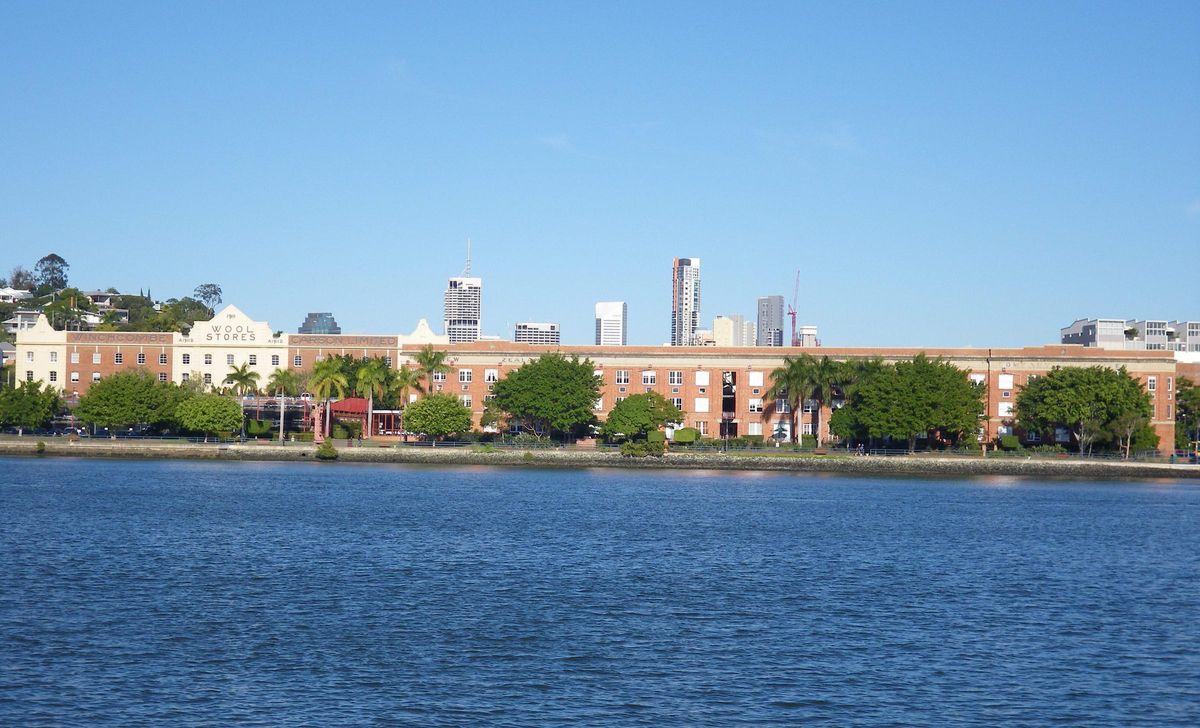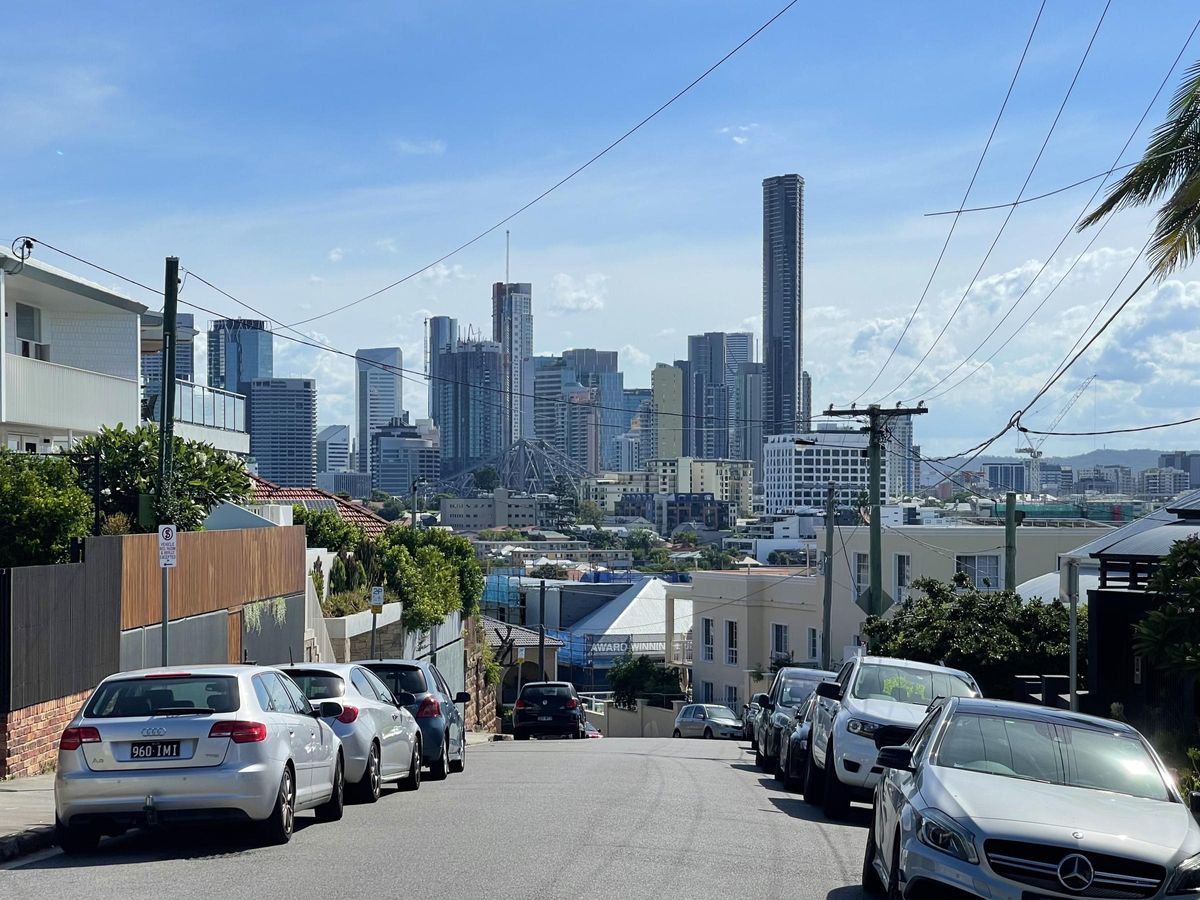In every wave of European exploration, names also travelled. Sailors, missionaries, and settlers named bays, towns, and mountains as reminders of home: this gave rise to the “New” places (New England, New Orleans, New Zealand, New Caledonia), replicas of cities (Córdoba, Valencia, Cádiz in the Americas), or dedications to saints and monarchs (San Luis, Victoria, Queensland).
Sometimes the toponym crossed the ocean translated, other times adapted, or with differing spellings depending on the language of the writer: hence the variants that today surprise us on distant maps.
Among them, there is one particularly curious case: a “Tenerife” that isn’t in the Canary Islands and ended up on the other side of the world.
“Teneriffe”
16,000 kilometres away from the Canary Islands, Teneriffe (with ff) is a riverside suburb of Brisbane, located on the eastern coast of Australia.

Teneriffe in Australia / WIKIPEDIA
It owes its name to Teneriffe House, a villa built in the 19th century by politician and businessman James Gibbon, who named his property after the silhouette of Mount Teide. The double “f” spelling was fixed in plans and local records, and has persisted to this day.
Over time, the toponym transferred from the house to the hill (Teneriffe Hill) and eventually to the entire urban area.
Industrial Boom
By the end of the 19th century and the start of the 20th, Teneriffe became a leading wool district.
Its large woolstores of brick along the riverside (such as those from Dalgety, Elder Smith, or Mactaggarts) shaped the landscape and are now part of the city’s heritage.
During the Second World War, its docks housed a significant allied submarine base on the Pacific front.
After the war and with changes in port logistics, activity shifted, and the suburb entered a decline.
High Demand
Since the late 20th century, the riverfront has been revitalised: the former warehouses are now lofts and commercial spaces, the Riverwalk runs alongside the river, and the historic gasometer ring in neighbouring Newstead has been transformed into a public square and amphitheatre.

Teneriffe in Australia / WIKIPEDIA
After years of being administratively integrated with neighbouring districts, Teneriffe regained its official status as a suburb in 2010, and today it is one of the most sought-after areas of Brisbane, celebrated for its blend of industrial architecture, riverside life, and local cafés.
Every July, the Teneriffe Festival celebrates this identity with music, markets, and tours of historic buildings.
Distinct Tenerifes
Although they share a name (and in Australia it is spelled Teneriffe, with a double f), they refer to very different realities: Tenerife is a large volcanic island in the Atlantic, featuring national parks, a tourist economy, and nearly one million inhabitants; in contrast, Teneriffe is a riverside suburb of Brisbane that developed around old wool warehouses and docks, now repurposed into residences, cafés, and river promenades, with only a few thousand residents.
The former owes its name and landscape to island geology; the latter borrowed its toponym in the 19th century from an owner who remembered Mount Teide.














